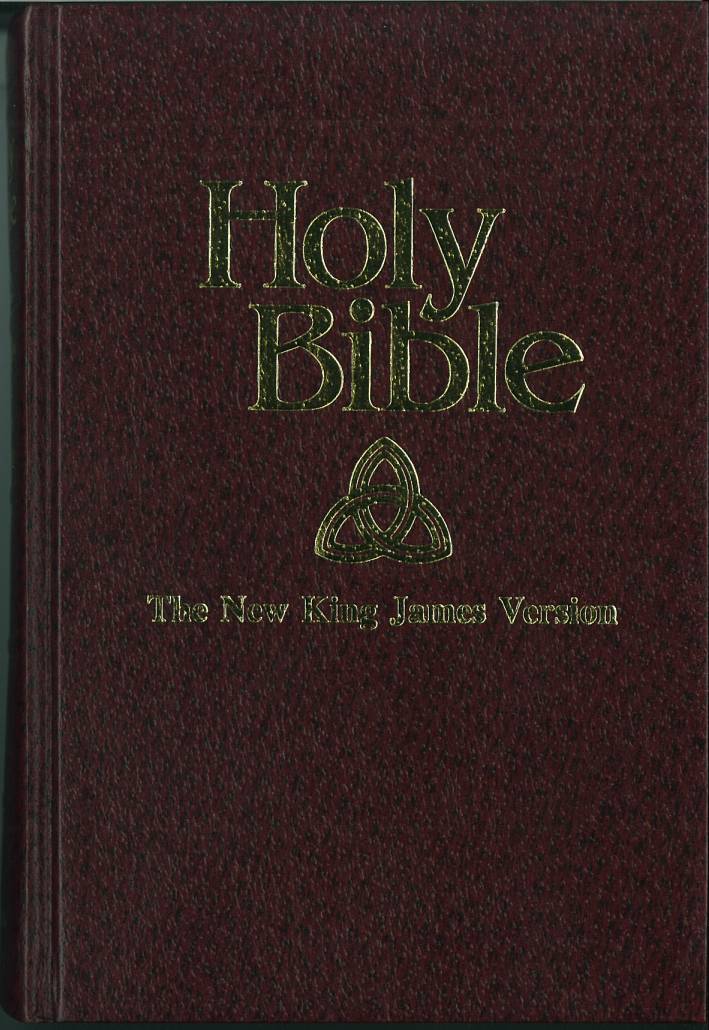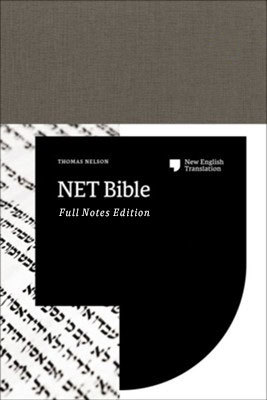This may be telling stories out of school, but it's been over two decades, and I need to illustrate the forthcoming point. So I'll make this as anonymous as possible:
I was part of a collegiate organization of over a hundred students that was going on a tour that involved a twelve-plus hour trip across the country on a coach bus, a quick performance, and a return trip. As I was about to board, a professor who sponsored the organization approached me and asked if I would be willing to be in charge of the students of my coach for the trip.
Now this organization had an executive committee elected by its students specifically to run events like the tour we were about to embark on. As I recall, I pointed this out to the professor and that some of the exec were riding on that coach. The professor told me that, nevertheless, I was in charge.
I somewhat reluctantly deferred to the professor's authority, and, without announcing the arrangement, picked up the microphone and began to run things. I expected someone to challenge me, to ask me who had given me that authority and why, but it never happened.
That experience caused me to reflect on the way that taking the initiative to lead can be self-legitimizing, because people want to be led rather than take charge of their own affairs, and on the ways I could take personal advantage of that reality, were I so tempted/inclined. It didn't help that on the trip I was reading books for a research paper on the David-Bathsheba-Uriah narrative.
The story of King David taking Bathsheba the wife of Uriah is one thread in a tapestry that the Bible weaves to develop the theme of kingly power. For the purposes of this essay, we can pick it up with God's warning to the nascent nation of Israel about what a king would take from them in exchange for his leadership. But then we find that when Israel was settled in their promised land, they were incapable of self-governance under an arrangement I'll call theocratic anarchy because they were prisoners of their corrupt desires and kept trying to hedge their spiritual bets by worshipping other gods, thus removing themselves from God's protection. So they rejected direct divine kingship and asked God to grant them a theocratic monarchy for efficiency's sake. But eventually, the Davidic dynasty fell to the same corrupt desires that made self-governance impracticable—for to rule well, one must be well ruled—and God could no longer maintain his people in the Promised Land without compromising the integrity of his character.
After God (partially) restores his people from exile, Jesus interprets the principle that this tapestry illustrates:
“You know that the rulers of the Gentiles lord it over them, and those in high positions use their authority over them. It must not be this way among you! Instead whoever wants to be great among you must be your servant, and whoever wants to be first among you must be your slave—just as the Son of Man did not come to be served but to serve, and to give his life as a ransom for many."
(Matthew 20:25b–28 NET)
The reason God alone (monos) is fit to exercise kingly power (archon) is that he alone has the power and the character necessary to be the servant of all without diminishing his capacity to rule, even to the point of dying for all (Matthew 20:20–23). According to the principle of his kingly power, Jesus establishes his church as a theocratic anarchy, in which the power of the Holy Spirit to transform our desires replaces the power of the state to coerce behavior and self-governance based on the gifts of the Spirit replaces the single executive whom everyone reports to.
Jesus's vision for leadership didn't last past the first generation of his followers. Francis A. Sullivan's From Apostles to Bishops traces how a series of subtle changes over the course of several centuries beginning in the post-apostolic church amounted to the rise of the monarchical bishop, who possessed all the spiritual gifts through the laying on of hands such that he constituted the church and through whom all other authority in the church devolved. Thus, the church came to emulate the Roman power structure that once persecuted it.
Reformers in the Roman Catholic Church—beginning with Joachim of Fiore—recognized this situation as the end-time manifestation of metaphorical Babylon predicted by the Book of Revelation: a power-arrangement in which the church gave theological legitimacy to the so-called "divine right of kings" and those kings employed violence to coerce their citizens into accepting the rule of the bishops in the church.
And in the same way that the church didn't jump into kingly power all at once, it took several centuries for the reformation to arrive at the place where this double-dealing relationship could be undone. Nicholas P. Miller tells that story in The Religious Roots of the First Amendment: Basically, marginal and even sectarian Protestant groups like the Anabaptists and Dissenters ended up with their view of church/state separation codified in the US Constitution because it made the most sense to the early-modern (classical) liberal theorists.
But kingly power persisted the American democratic republic via at least two other historical trajectories. First, the model of corporate governance used by American businesses descends from the Roman model of imperial governance via the Roman Catholic model of church governance. Essentially, the CEO is an elected monarch who can be deposed by the vote of a board of directors, a board that the CEO often chairs.
Second, certain occupants of the office of US President have used, or attempted to use, their position of executive authority like that of a term-limited elected monarch rather than a public servant who presides over an executive branch constrained by checks and balances. By my lights, none have attempted to rule by kingly power more than Donald Trump in the opening weeks of his second administration. He has cut off spending authorized by Congress and issued a raft of executive orders that could easily have been laws passed by a Congress dominated by his party. Although the Supreme Court is currently dominated by Catholic justices appointed by his party and has ruled that, while president, he had expansive immunity from prosecution, his vice president has stated that he would simply ignore a Court ruling that restrains his executive authority. As I warned last fall in the latest update to my Trump-as-divine-judgment thesis:
"A second Trump term is unlikely to be like his first because the plans are in place to remove those who restrained his unconstitutional impulses. If he is elected, we may experience the national catastrophe of having our democratic republic replaced by the majoritarian White, Christian nationalism that many warned about eight years ago"
(Source).
In the background of these developments is a sea change in how Americans try to achieve freedom that began with the Baby Boomers and was completed by social media. From the founding until WWII, Americans thought that freedom meant being able to influence how things around them were being run. They achieved that by relying as much as possible on self-governing free associations that gave their members a lot of say in how things are run in exchange for the self-restraint necessary to get along in such communities.
Today, the current prevailing conception of freedom is being able to authentically express unique individuality. We achieve this by relying as much as possible on expert-run bureaucracies that efficiently provide resources for individual expression and platforms for identity recognition in exchange for us giving up our say in how things are run.
This has led, as I've written about here, to a situation known as the culture wars, conflicts over what expressions are allowed where and which identities are recognized by which institutions. To take an example, the racist reactionaries in the Trump administration appeal to the abuses of disciplinary DEI bureaucracies in attempting to right historical wrongs on behalf of ethnic and racial minorities in order to justify their access to political power on behalf of the ethnic/racial majority. But on a more mundane level, we now choose our colleges, convenience stores, and congregations based on how efficiently they help us with the difficult task of individual self-realization, which sorts us into often lonely silos where we rarely have to associate with our social others.
My point is that these ascendant bureaucracies that facilitate expressive individualism—like the tech giants, the non-denominational mega-churches, the financial system—operate according to the CEO model of governance. Accordingly, for most Americans, it seems only natural that the US government will begin to be run like a business, that is, by kingly power, and Trump's administration is only too happy to oblige them.
But note well that for many who object to President Trump, it is not so much because of how he is running roughshod over the rule of law but more that he is doing it for the wrong side because, for example, they had no problem with the Biden administration attempting to nullify the Supreme Court's ruling on the Equal Rights Amendment.
I take this to be an apocalyptic revelation of corruption in the character of America because I believe, according to my faith's interpretation of the biblical book of Revelation, that the United States is a different kind of beast. It is at once the best and the worst nation in the world, and one that will ultimately prove incapable of self-governance when it finally reunites church and state.
So what is to be done?
We’re no longer in "culture war." At least on Trump-Musk side, there’s a phase shift to civ[ilizational] war, because they now "know who they are." Democrats are still figuring out who they are, and so are in an ineffectual, tired culture-war mode. Sitting ducks. Still fighting Trump 1.0.
(Source)
Religious liberty may not survive this escalated warm war phase of conflict that short of a full-on civil war but in which one side is longer trying to persuade people on the other to join them but rather exercising power to dominate them. The "Trump-Musk side" relies on a fusion of Catholic and Charismatic movements that are set on ushering in the millennium by coercing culture to Christian ends, while the Democrats' ethos derives from the Puritan impulse to impose their egalitarian vision of the ultimate good on society, including the church, using the disciplinary power of the regulatory state. Nevertheless, those of us who care about the Dissenting Protestant tradition of American liberty ought to agree that, given the unprecedented danger to self-governance posed by Donald Trump's recent exercises of kingly power, it is imperative to join with whomever is the most effective opposition his attempts at monarchical presidency regardless of how good anything else he is doing may be.
For American Christians, we need to accept that authentic, individual expression can only happen in a church community that constrains our worst impulses and cultivates our characters by giving us actual responsibilities.
And for American Adventists, it's time we learned how to be conscientious cooperators again, only this time in a civilizational war.
[2025-02-15 UPDATE: This morning, Donald Trump tweeted: "He who saves his Country does not violate any Law."]
[2025-02-19 UPDATE: This afternoon Donald Trump posted a image of himself wearing a crown with the title "TRUMP" and subtitle "LONG LIVE THE KING". The caption of the post read: "CONGESTION PRICING IS DEAD. Manhattan, and all of New York, is SAVED. LONG LIVE THE KING!"]










